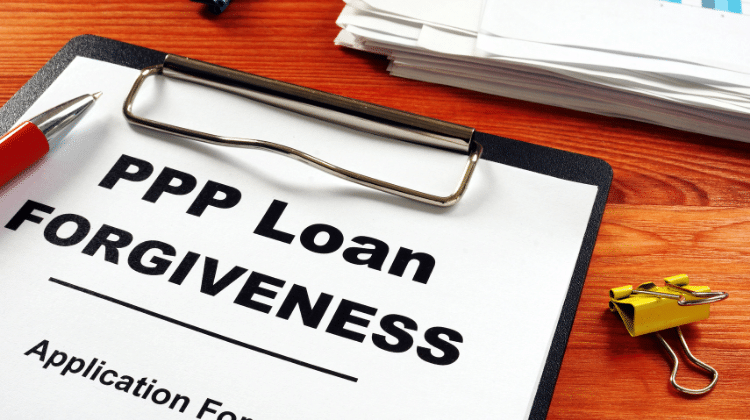
The U.S. Small Business Administration (SBA) Payroll Protection Program (PPP) served as a lifeline for small business owners facing hardships from the COVID-19 pandemic. The funds can be used toward eligible business expenses such as payroll, mortgage interest, rent, and utilities.
The program closed on August 8th, 2020, and is no longer accepting applications. New guidance has also been issued related to PPP loan forgiveness. Here is what you need to know.
The New Interim Final Rule (IFR)
The SBA in conjunction with the U.S. Treasury published a new Interim Final Rule (IFR) on August 24, 2020. The rule addresses several issues related to PPP loan forgiveness. Some of these changes included:
- Extending terms from eight weeks to 24 weeks for businesses to spend the funds and still qualify for forgiveness
- Lowering the amount from 75% to 60% of the portion of PPP funds required to be used toward payroll costs
- Expanding the loan terms from two to five years for loans issued after June 5, 2020
- The possibility of extending terms to five years so long as the lender approves it
Early Loan Forgiveness
PPP loan recipients may apply for early loan forgiveness prior to the expiration period. However, if you apply for early loan forgiveness, you forfeit a safe-harbor provision that allows you to restore salaries or wages by December 31.
The safe harbor provision applies to loan amounts below $2 million where the SBA will determine certifications regarding the “necessity” and that the loans were made in “good faith”. The safe harbor provision also provides reductions if you are unable to rehire employees or return to the same level of business activity prior to February 15.
Payroll Costs
If you had to reduce your employees’ salaries and wages by more than 25%, you must be able to account for this reduction over the eight or 24-week period. If you are an owner-employee of a C or S-Corp with less than 5% ownership, you are exempt from the PPP owner-employee compensation rule.
This was created to cover owner-employees with no ability to make decisions on how the PPP funds are used. The amount of eligibility forgiveness for owners will depend on the business type and whether you’re using an eight-week or 24-week covered period.
Non-payroll Costs
Certain non-payroll costs, such as mortgage interest, rent or lease payments, and business utility bills during the covered period are eligible for forgiveness. However, some of these costs are not eligible, like interest on unsecured credit, tenant or-sub-tenant expenses, and household expenses.
Applying for PPP Forgiveness
To apply for PPP forgiveness, you can either complete the application on the SBA website then submit it to your lender, or you can apply directly online through your lender’s website. The application is about 11 pages long and includes the following sections:
- PPP Loan Forgiveness Calculation Form
- Schedule A
- Schedule A Worksheet
- Borrower Demographic Information Form (optional)
If your business operates as a sole proprietor, independent contractor, or self-employed with no employees, you can submit the EZ Application Form. The amount of forgiveness gets calculated based on the information listed on Schedule A and Schedule A Worksheet. You’ll also be required to submit documentation verifying payroll costs, the average number of full-time employees (FTE) on payroll, and non-payroll costs.
The Bottom Line
When applying for PPP forgiveness, it’s important to provide accurate calculations and proper documentation to your lender. Lenders are required to perform a good-faith review within a reasonable time frame. Your lender has 60 days to respond to a forgiveness application request. If you applied for an Economic Injury Disaster Loan (EIDL), the SBA will deduct these amounts from the PPP forgiveness amount.
Be sure to understand the new interim rules and laws under the PPP Flexibility Act. It is best to check with the SBA, your CPA, or the lender that approved the loan on how forgiveness works. You are also required to retain all PPP documentation on file for six years after the loan is forgiven or repaid in full, should the SBA request copies of these records.
Sources:
Frequently Asked Questions on PPP Loan Forgiveness. (2020). Retrieved September 21, 2020, from https://www.sba.gov/document/support-frequently-asked-questions-ppp-loan-forgiveness
PPP–IFR–Treatment-Owners-Forgiveness-Certain-Nonpayroll-Costs. (2020, August 27). Retrieved 2020, from https://home.treasury.gov/system/files/136/PPP–IFR–Treatment-Owners-Forgiveness-Certain-Nonpayroll-Costs.pdf


